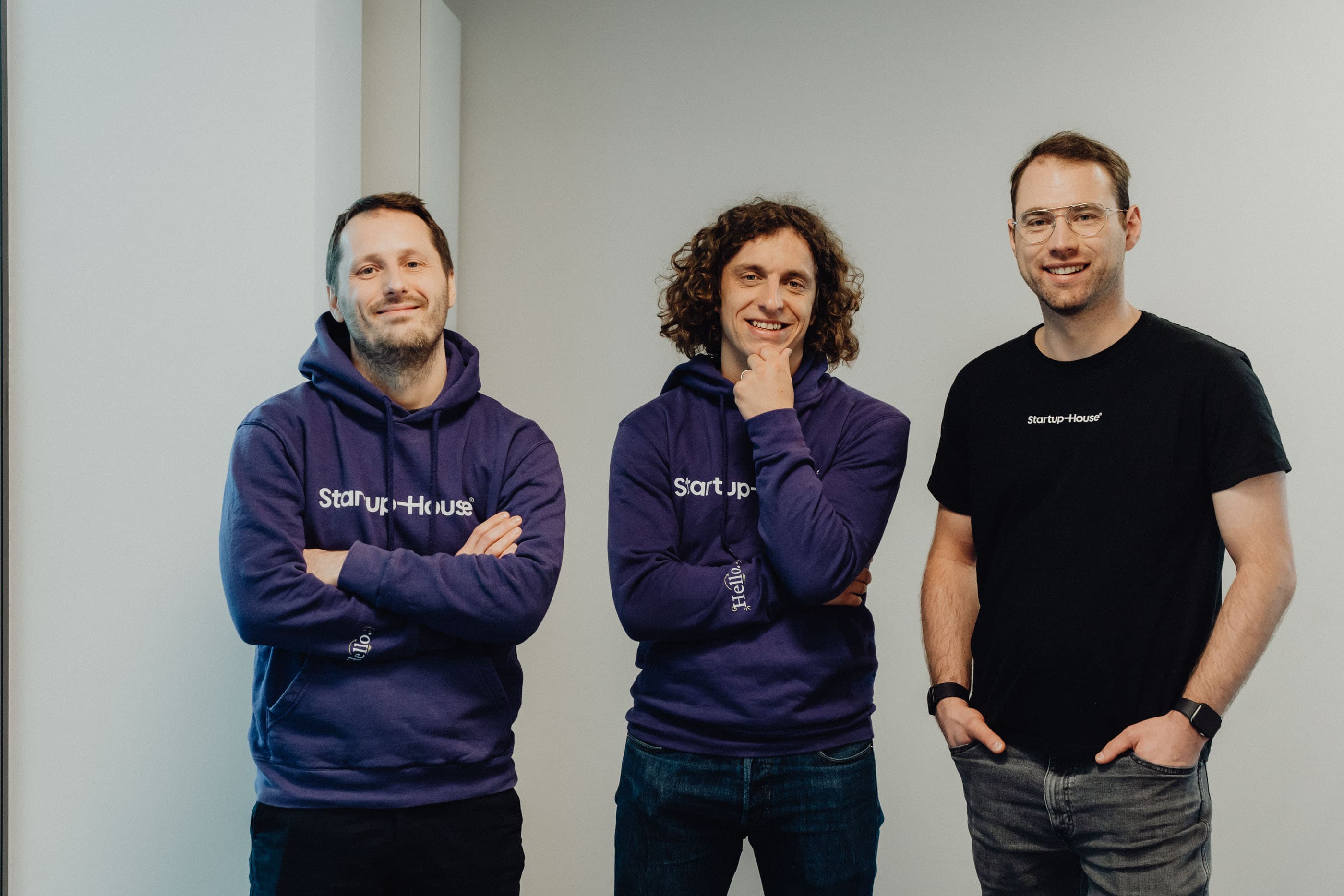How to set up a project with Ruby on Rails, PostgreSQL and GraphQL

Anna Dydio
Sep 24, 2021・3 min read
Table of Content
Setting Up GraphQL for Rails
Step 1 - PostgreSQL database
Step 2 - GraphQL to Gemfile
Step 3 - Create database
Step 4 - Loading...
Step 5 - Author, Books
Step 6 - Author/ Book Types
Step 7 - Mutations
Step 8 - First Queries
Afterword
Setting up a project with Ruby on Rails, PostgreSQL and GraphQL is actually pretty straightforward.
But first, some prerequisites. For this tutorial (tested on versions 2.7.3, 6.1.4.1 and 11.0 respectively), you must have all three, Ruby on Rails, PostgreSQL and GraphQL installed on your development machine.
Some general knowledge of Ruby and Rails is also recommended.
Before we begin, however, you might be wondering why anyone would want to replace the perfectly fine experience provided by the traditional REST API with one offered by GraphQL. Well, one obvious reason is that GraphQL deals quite elegantly with resources over- and under-fetching. With GraphQL you are given the exact information you request - nothing more, nothing less. Moreover, it is almost self-documenting, making that one less item on your list of things to worry about. And there are other pros to GraphQL, such as it being both strongly typed and language and database independent. But in the meantime, I'll leave those for you to explore on your own.
So, without further ado, let’s set up our first GraphQL API on Ruby on Rails.
Setting Up GraphQL for Rails
Step 1 - PostgreSQL database
Let’s create a Ruby on Rails API app with PostgreSQL as the database. We’ll be making a very simple bookshelf API.
rails new bookshelf_app -d=postgresql -T —apiStep 2 - GraphQL to Gemfile
Let’s add GraphQL to our project. To do so, add  gem ‘graphql’ to your Gemfile.
gem ‘graphql’ to your Gemfile.
For testing your queries in development, add  gem ‘graphiql-rails’ under the development category.
gem ‘graphiql-rails’ under the development category.
Now, let’s install our gems.
bundle install
rails g graphql:installMake sure that your config/routes.rb includes the following:
if Rails.env.development?
mount GraphiQL::Rails::Engine, at: 'graphiql', graphql_path:
‘graphql#execute’
end
post ‘/graphql', to: ‘graphql#execute’Step 3 - Create database
Time to create the database and start the server.
rails db:create db:migrate
rails sNow go to localhost:3000/graphiql (or a different port if specified) in your browser. If you can see the graphiql interface, you can skip step 4.
Step 4 - Loading...
In case you keep seeing the Loading… page, go to config/application.rb and uncomment the line requiring “sprockets/railtie”. Then, create an empty app/assets/config/manifest.js file.
Restart your server. You should be able to access the graphiql interface by now.
Step 5 - Author, Books
Next, we'll create some resources by generating author and book models. Authors can have many books and books belong to the authors.
rails g model Author name
rails g model Book title:text author:references genre:text description
rails db:migrateOpen your author model file, add has_many :books, and save so that our associations are on point.
Great - we're now ready to work with GraphQL!
Step 6 - Author/ Book Types
Let’s create author and book types.
rails generate graphql:object author
rails generate graphql:object bookOpen the author_type.rb file and add field :books, [Types::BookType], null: true under other fields so that when querying for authors we can also ask for the information on their books. You can think of the types as the schemas for specific resources.
Step 7 - Mutations
Now that our types are ready, we can make our first mutation. Mutations are used to modify the resources in the database.
Let’s start with the mutation to create authors. Create a file create_author.rb under app/graphql/mutations and update it as follows:
module Mutations
class CreateAuthor < BaseMutation
argument :name, String, required: true
type Types::AuthorType
def resolve(name:)
Author.create!(name: name)
end
end
endSimilarly, let’s add mutation for creating books. Create a file create_book.rb:
module Mutations
class CreateBook < BaseMutation
argument :title, String, required: false
argument :genre, String, required: false
argument :description, String, required: false
argument :author_id, ID, required: true
type Types::BookType
def resolve(**attributes)
Book.create!(attributes)
end
end
endYou can create similar mutations to update and destroy resources.
When you’re ready, add the following to your mutation_type.rb file:
field :create_author, mutation: Mutations::CreateAuthor
field :create_book, mutation: Mutations::CreateBookTo test our mutations, let’s try to create our first author. Go to our GraphiQL interface, write the following and execute the query.
mutation {
createAuthor(input: {
name: "Jane Doe"
}) {
id
name
}
}In return you should receive a response resembling this one:
{
"data": {
"createAuthor": {
"id": "1",
"name": "Jane Doe"
}
}Now, create your first book in a similar manner.
Step 8 - First Queries
Last but not least, let’s create our first queries. To be able to do so, update your query_type.rb file with the following. All fields created here will be available to us through the API.
field :authors, [AuthorType], null: false
field :books, [BookType], null: false
field :author, AuthorType, null: false do
argument :id, ID, required: true
end
field :book, BookType, null: false do
argument :id, ID, required: true
end
def authors
Author.all
end
def books
Book.all
end
def author(id:)
Author.find(id)
end
def book(id:)
Book.find(id)
endLet’s run this query in the GraphiQL:
query {
author(id: 1) {
id
name
books {
id
title
}
}
}If you added some books to the database, the response should return something similar to:
{
"data": {
"author": {
"id": "1",
"name": "Jane Doe",
"books": [
{
"id": "1",
"title": "Book 1"
},
{
"id": "2",
"title": "Book 2"
},
{
"id": "3",
"title": "Book 3"
}
]
}
}
}Afterword
So, there you have it. And congratulations - you’ve just created your first Rails GraphQL API! If you’re looking for a means as authorization, you can always check the gem action_policy-graphql, and more tips on GraphQL in Ruby on Rails can be found at: https://www.howtographql.com/graphql-ruby/0-introduction.
Good luck!
Finally, if you'd like to find out more about the other development languages and technologies expertly employed at SDH, feel free to contact us at hello@start-up.house.
Digital Transformation Strategy for Siemens Finance
Cloud-based platform for Siemens Financial Services in Poland


You may also like...

Understanding the Differences: BaseModel vs. ActiveRecord Validator in Ruby on Rails
BaseModel and ActiveRecord Validator in Ruby on Rails serve distinct purposes in application development. BaseModel provides a lightweight, database-independent option for handling data, while ActiveRecord Validator ensures data integrity through robust validation in database-backed models. This guide explores their differences, use cases, and benefits to help developers choose the right approach for their projects.
Alexander Stasiak
Nov 04, 2024・11 min read

Unveiling the Power of Ruby on Rails for Ecommerce: Features and Benefits Explained
Ruby on Rails is a robust framework for e-commerce platforms, offering rapid development, scalability, and extensive customisation options. This guide explores the features and benefits of Rails for e-commerce, from enhanced security to successful case studies like Shopify. Learn how Ruby on Rails simplifies building online stores and supports business growth.
Alexander Stasiak
Oct 31, 2024・11 min read

Understanding the Basics: BaseModel vs ActiveRecord Validator in Rails
BaseModel and ActiveRecord Validator are essential tools in Rails for ensuring data integrity. While BaseModel centralizes complex shared logic, ActiveRecord Validator offers straightforward, built-in validation for individual attributes. Discover their differences and when to use each for efficient Rails development.
Marek Pałys
Oct 10, 2024・8 min read
Let’s build your next digital product — faster, safer, smarter.
Book a free consultationWork with a team trusted by top-tier companies.








